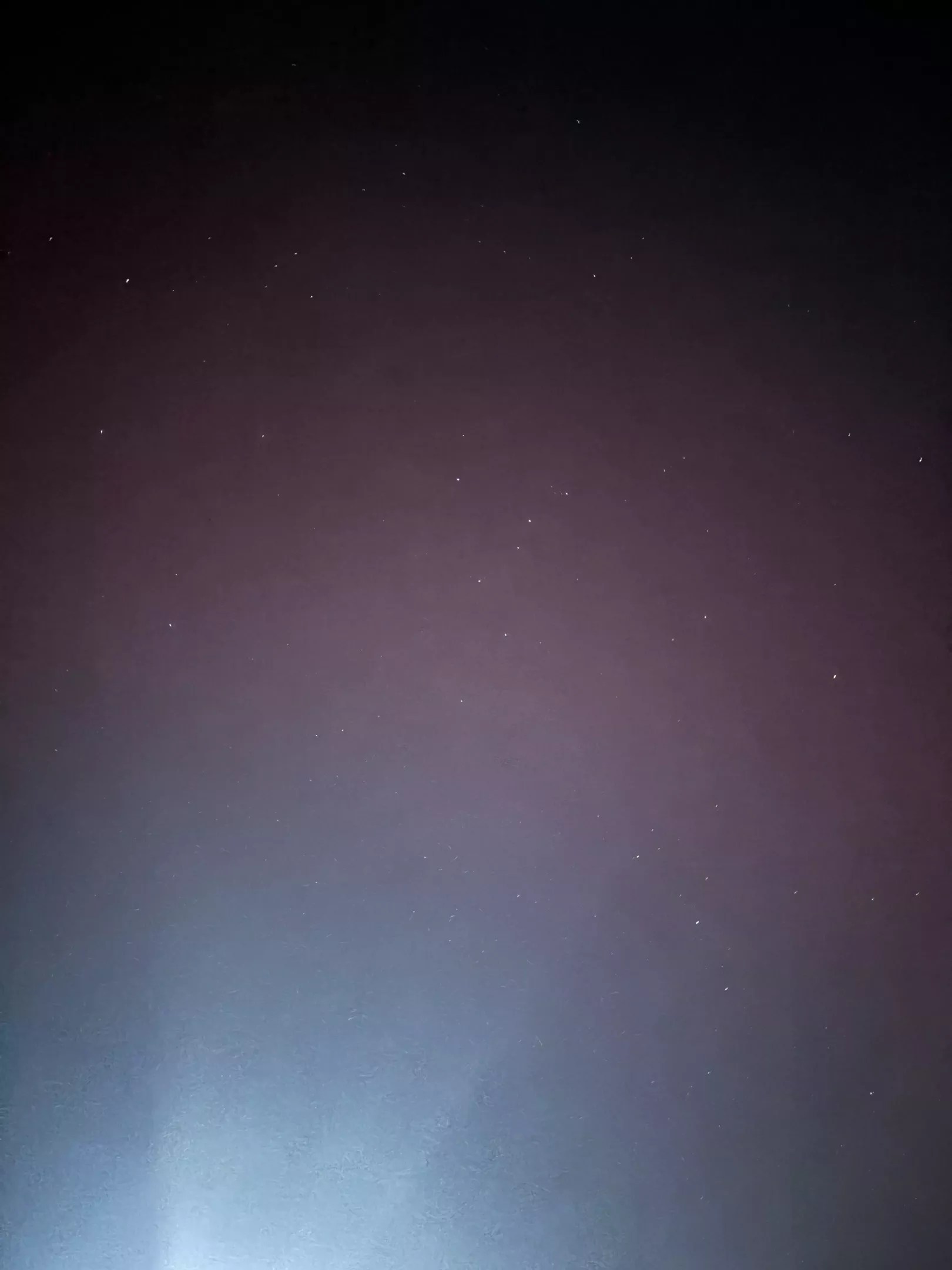
Sara Button

Audio By Carbonatix
As far away as the Red River is from the north pole, it’s pretty wild we can even wonder if we can glimpse the aurora borealis from time to time all the way down here, but this week marks the second time in 2024 that the answer to that question is “well, probably.”
The National Oceanic and Atmospheric Administration (NOAA) defines a geomagnetic storm as “a major disturbance of Earth’s magnetosphere that occurs when there is a very efficient exchange of energy from the solar wind into the space environment surrounding Earth.” More specific to local stargazers, however, is that the northern lights are enhanced when coronal mass ejections (CMEs), come from the sun and quickly travel across space before hitting Earth’s atmosphere.
If you're seeing the Northern Lights tonight, here's an explainer of how the different colors can appear! We are currently seeing a vivid display of pinks and greens here at the office! pic.twitter.com/S0NLzG5HOa
— NWS Northern Indiana (@NWSIWX) October 11, 2024
The NOAA says that the CME hit Earth on Thursday around 10:15 a.m. Central Time at nearly 1.5 million mph.
When news happens, Dallas Observer is there —
Your support strengthens our coverage.
We’re aiming to raise $30,000 by December 31, so we can continue covering what matters most to you. If the Dallas Observer matters to you, please take action and contribute today, so when news happens, our reporters can be there.
DFW weather guru and WFAA meteorologist Pete Delkus posted to his X account on Thursday night that the lights could be seen “as far south as the Bahamas”, a major departure from what the NOAA had projected only hours earlier.
If you missed your chance to see the colorful streaks light up the dark sky last night, you could still be in luck. The NOAA says on Friday morning that “severe geomagnetic storm levels continue to be observed.” Forbes also reports that the northern lights could still be visible on Friday night.